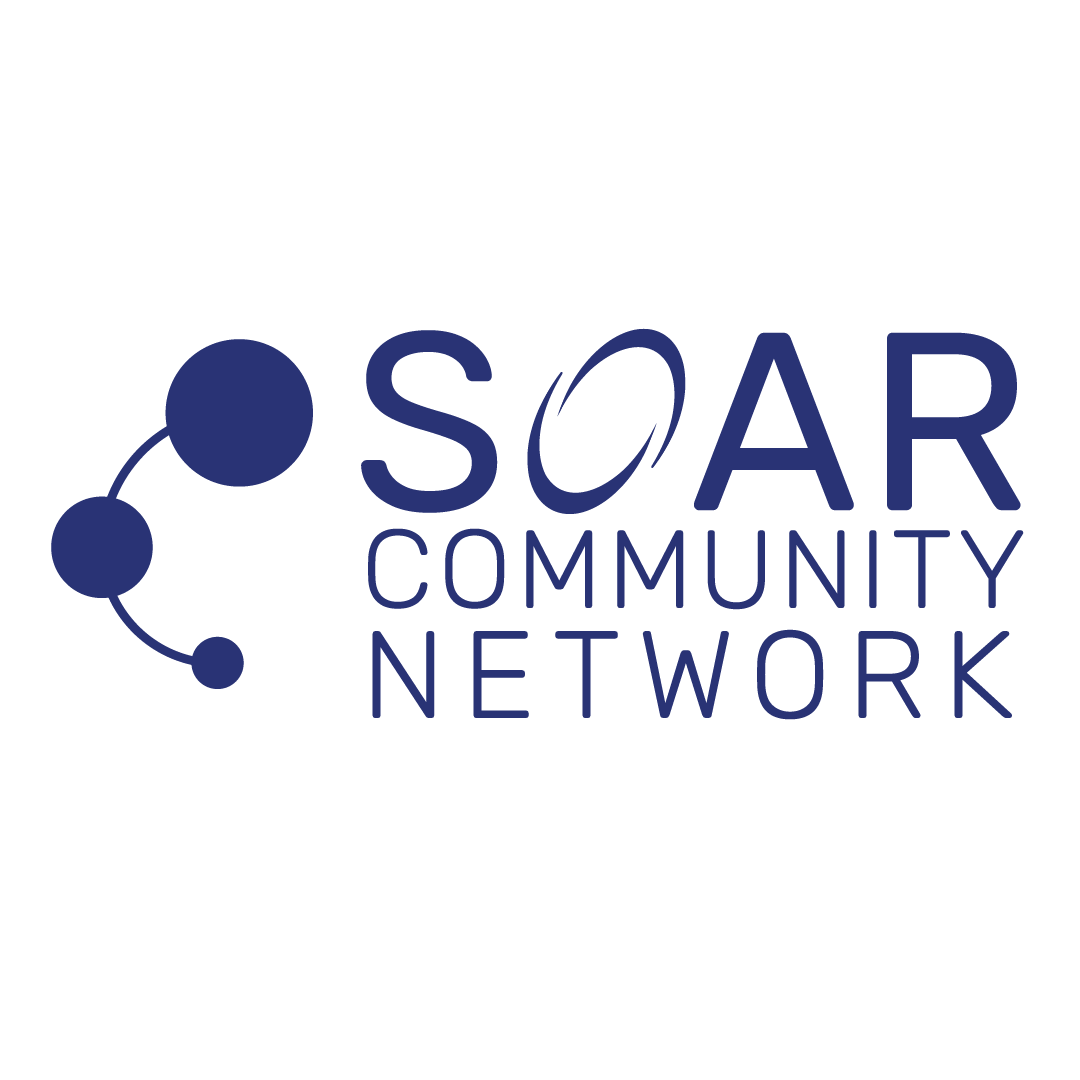Challenge
When employee experience surveys return scores indicating “I do not have all the information I need to produce high quality work,” it highlights a critical gap in the organizational communication and resource distribution systems. Such a gap can lead to decreased productivity, lowered job satisfaction, and diminished employee engagement. It’s a clear sign that employees are struggling without the proper tools and information needed to execute their roles effectively.
Solution
To bridge this information gap, organizations can implement specific strategies that empower employees and ensure they have access to necessary resources:
- Enhanced Communication Channels: Establish open lines for questions and updates. This can be achieved through regular meetings, digital communication platforms, and an open-door policy that encourages candid discussions between employees and management.
- Streamlined Access to Resources: Leverage technology to make essential resources readily available. This could involve setting up an internal wiki, shared digital workspaces, or cloud storage solutions where documents and guidelines can be easily accessed by all team members.
- Active Feedback Mechanism: Create a culture where feedback is valued and sought regularly. Encourage employees to voice out their challenges in accessing information or other resources they need. This feedback can be instrumental in continuously refining the tools and resources provided.
Action:
To operationalize these solutions, organizations can adopt a structured approach like the Employee Experience Diagnose Solution from the SOAR C3 Roadmap. This approach involves:
- Diagnosing the Current State: Using tools like the Predictive Index Employee Experience Survey, organizations can measure and analyze employee sentiment and identify specific areas where information gaps are prevalent.
- Developing Actionable Insights: Based on the data collected, develop a focused action plan addressing the highlighted gaps. This includes defining clear steps to improve communication flows and resource distribution.
- Implementing Solutions: Roll out the new systems and policies designed to enhance access to information and support. This might include new software tools for communication, training sessions for employees on how to access resources, and workshops to foster a feedback-rich culture.
- Evaluating Impact: Continuously monitor the effectiveness of these changes through follow-up surveys and feedback sessions to ensure that the information needs of employees are being met effectively.
By taking these steps, organizations not only enhance their workforce’s capability to produce high-quality work but also contribute to a more engaged and satisfied team. This strategic approach ensures that every team member has the right tools at their disposal, thereby fostering a productive, transparent, and collaborative work environment.
Encouraging a proactive stance on employee experience ensures that your organization isn’t just reacting to problems, but preventing them. By equipping employees with the right information and tools, you pave the way for their success and, by extension, the success of the entire organization. Find out more about evaluating employee experience by going to our Services page.

